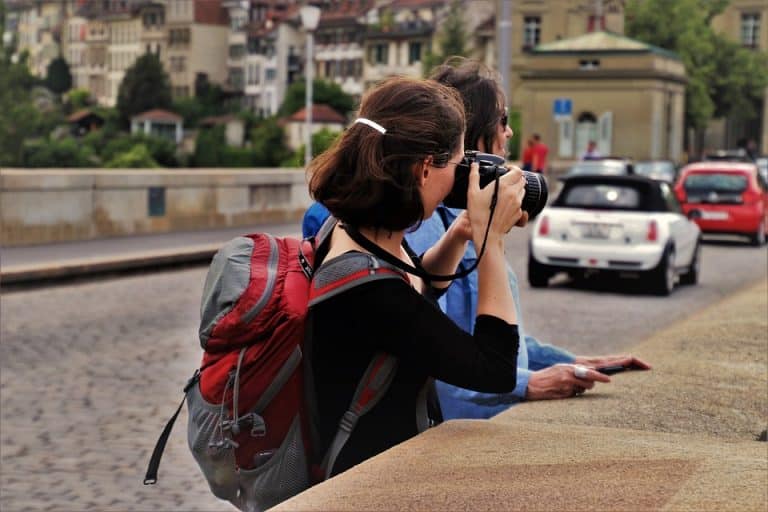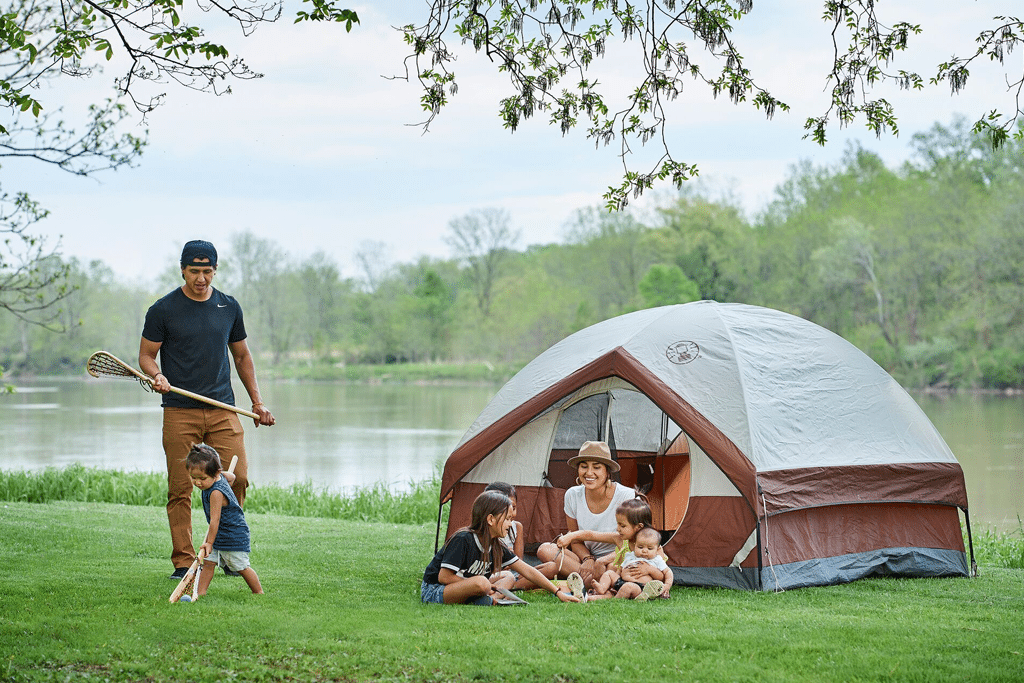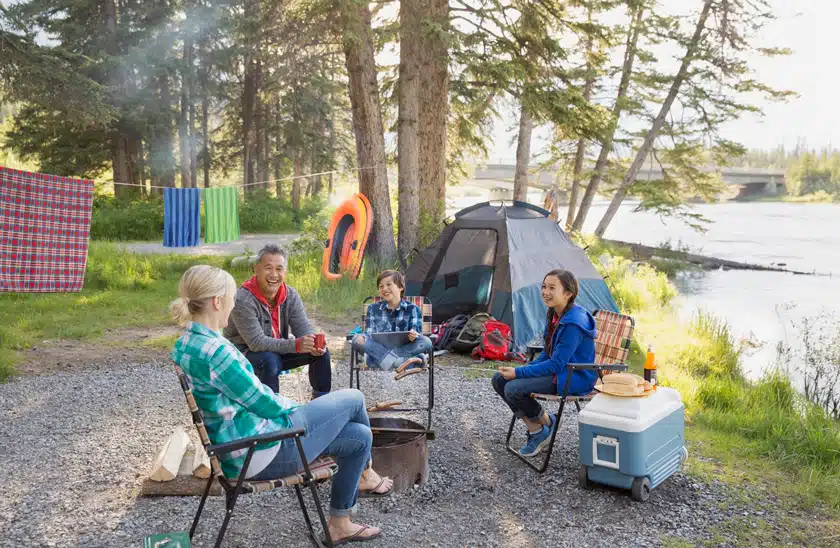People of all ages take time to process significant life changes. That’s true of adults, certainly. And it’s particularly true of kids.
If you plan on moving in the near future – whether you’re in the “talking about it” phase or the “take action” phase – here are a few ways to ensure that your kids experience a smooth and positive process.
Work with a Real Estate Company That Understands Your Family Goals
The first step in a seamless move is choosing the right real estate agents – that’s a universal truth for families and single owners alike.
A great real estate company doesn’t just find you any home. They take into account your family’s holistic needs and restrictions, and then fight tirelessly to procure the right matches. Further, they are indispensable sources of knowledge about surrounding neighbourhoods: the quality of schools, access to parks and amenities, etc. For a high-watermark example of quality, refer to this website from Toronto real estate company Harvey Kalles Real Estate.
Give Kids Plenty of Time to Mentally Prepare for the Move
Kids thrive on routine and predictability as anchors in their lives. When unanticipated changes disrupt this sense of order, kids become distressed, which can manifest in mood and behavioural shifts.
Therefore, consider giving your kids as much advance notice as possible. Buy and read books about moving homes. Routinely talk to them about the upcoming move. And highlight the positive aspects that this transition will usher in (like a larger room, proximity to fun activities, etc.).
Involve Them in the Move: Home Hunting, Decision-Making and Packing
Next, kids like to be involved in the process, which helps them feel more agency in the transition. Excluding them from the home hunting and decision-making process causes them to feel powerless, as though this change is happening to them rather than for them.
Bring them along to home viewings, show them various listings, and solicit their advice about neighbourhoods and home features. If your realtors are true professionals, they will be able to include your kids in a way that makes them feel important (even if the final say is yours).
Give Them Tasks on the Big Day
The “big day” can be a scary one for kids, as they witness their routines and safe places slowly disappear. It can also be overwhelming to enter an unfamiliar space that hasn’t been set up yet.
While continual communication and checking in can mitigate these fears, it’s also essential for them to (again) feel like they have agency in the process. To encourage that sense of agency, give kids a special task on moving day. It can be as simple as “You’re in control of holding the new keys” or “You’re in control of making sure all the toy boxes are taped properly.” When kids feel like they have a helping purpose, they are more likely to dwell on the scarier aspects of the change.
With the best real estate company in your corner, open lines of communication, and a few tricks up your sleeve, you can help make your upcoming move a happy one for kids of any age.






















